Report this entry
More from the same community-collection
Pasos Urbanos Virtual Exhibition
There is nothing more pleasing and rewarding than witnessing the ...
Pasos Urbanos Virtual Exhibition
There is nothing more pleasing and rewarding than witnessing the ...
Pasos Urbanos Virtual Exhibition
There is nothing more pleasing and rewarding than witnessing the ...
Pasos Urbanos Virtual Exhibition
There is nothing more pleasing and rewarding than witnessing the ...
Pasos Urbanos Virtual Exhibition
There is nothing more pleasing and rewarding than witnessing the ...
Pasos Urbanos Virtual Exhibition
There is nothing more pleasing and rewarding than witnessing the ...
Pasos Urbanos Virtual Exhibition
There is nothing more pleasing and rewarding than witnessing the ...
Pasos Urbanos Virtual Exhibition
There is nothing more pleasing and rewarding than witnessing the ...
Pasos Urbanos Virtual Exhibition
There is nothing more pleasing and rewarding than witnessing the ...
Pasos Urbanos Virtual Exhibition
There is nothing more pleasing and rewarding than witnessing the ...
Pasos Urbanos Virtual Exhibition
There is nothing more pleasing and rewarding than witnessing the ...
Pasos Urbanos Virtual Exhibition
There is nothing more pleasing and rewarding than witnessing the ...
Pasos Urbanos Virtual Exhibition
There is nothing more pleasing and rewarding than witnessing the ...
Pasos Urbanos Virtual Exhibition
There is nothing more pleasing and rewarding than witnessing the ...
Pasos Urbanos Virtual Exhibition
There is nothing more pleasing and rewarding than witnessing the ...
Chicano Power! A Force for Change & Progress in El Paso
This exhibition focuses on the rise of the Chicano Civil Rights ...
Chicano Power! A Force for Change & Progress in El Paso
This exhibition focuses on the rise of the Chicano Civil Rights ...
Chicano Power! A Force for Change & Progress in El Paso
This exhibition focuses on the rise of the Chicano Civil Rights ...
Chicano Power! A Force for Change & Progress in El Paso
This exhibition focuses on the rise of the Chicano Civil Rights ...
Chicano Power! A Force for Change & Progress in El Paso
This exhibition focuses on the rise of the Chicano Civil Rights ...
Chicano Power! A Force for Change & Progress in El Paso
This exhibition focuses on the rise of the Chicano Civil Rights ...
Chicano Power! A Force for Change & Progress in El Paso
This exhibition focuses on the rise of the Chicano Civil Rights ...
Chicano Power! A Force for Change & Progress in El Paso
This exhibition focuses on the rise of the Chicano Civil Rights ...





















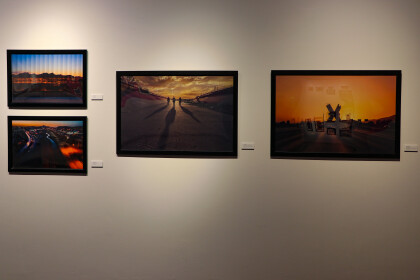
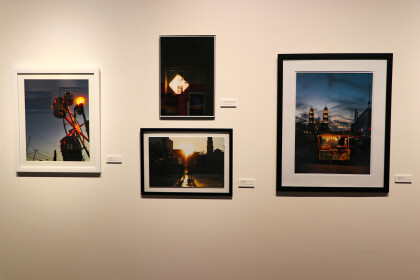
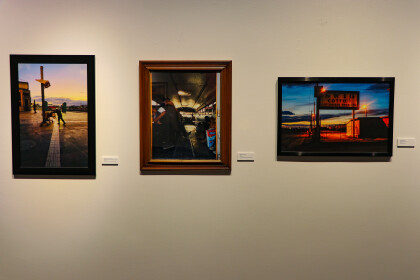
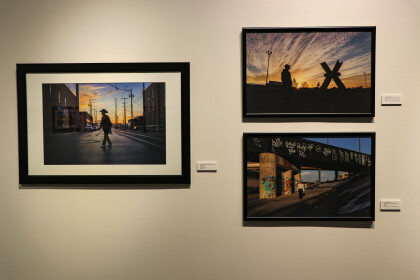
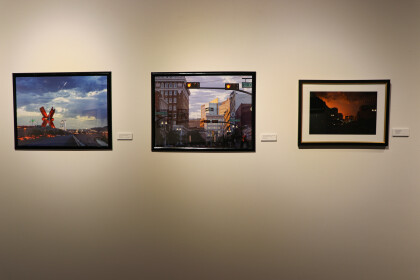
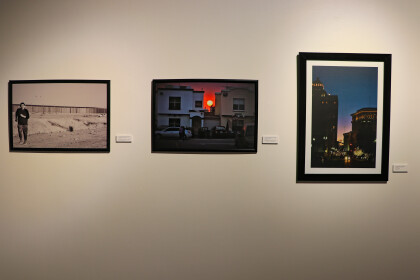
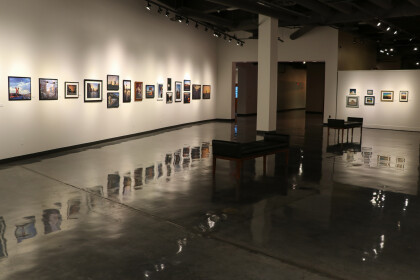
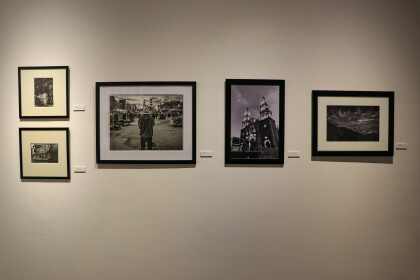
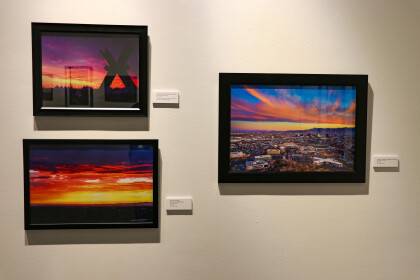
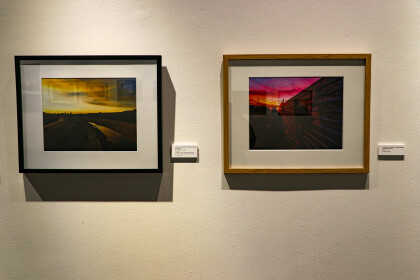
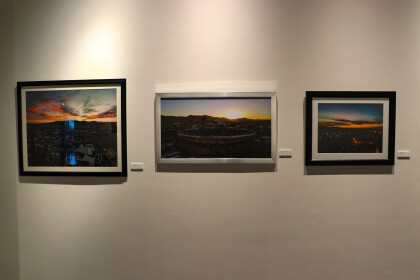
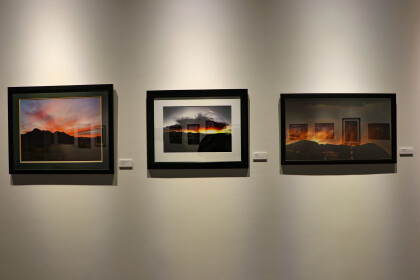
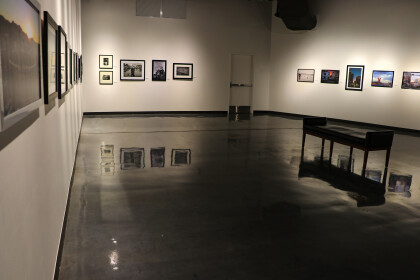
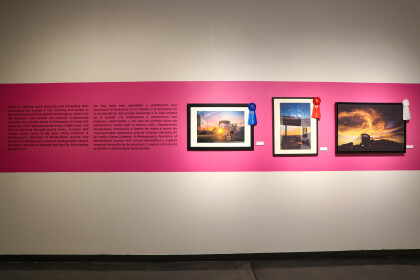
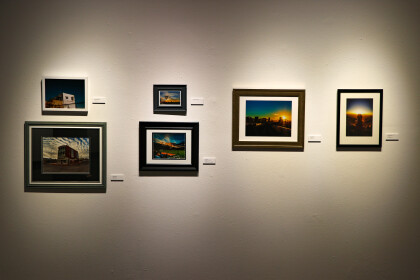
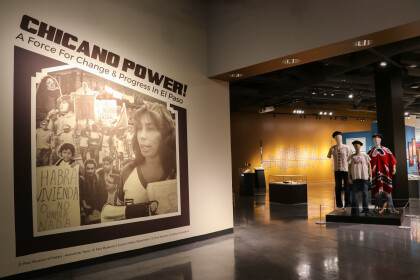
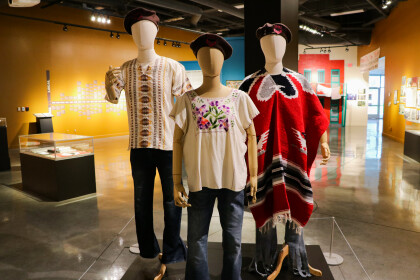
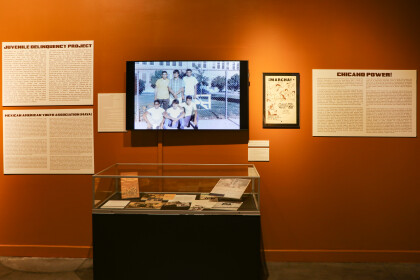
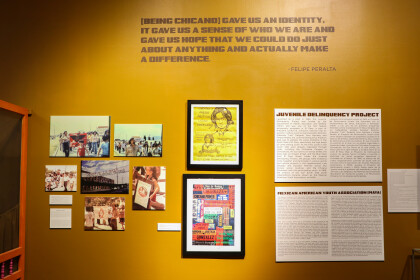
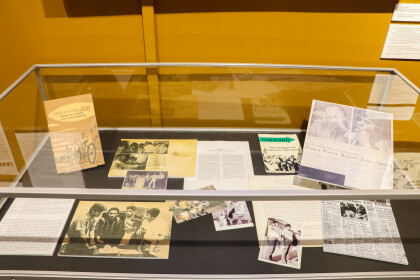
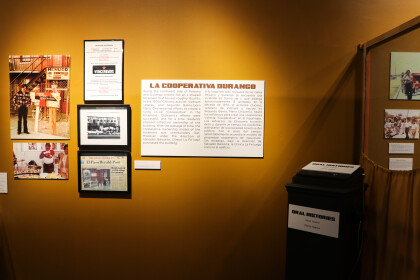
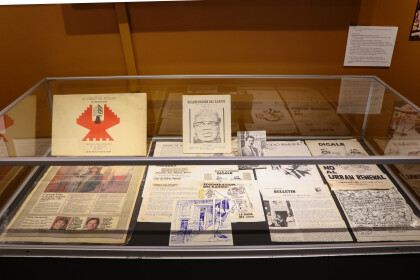
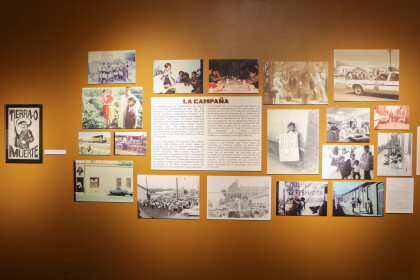
Comments
Add a comment